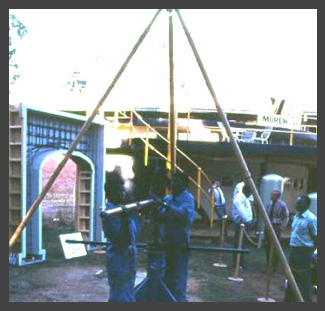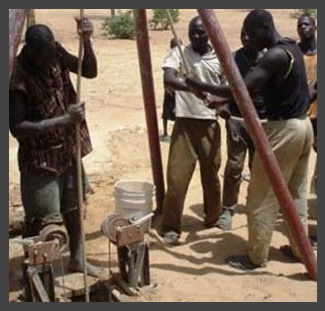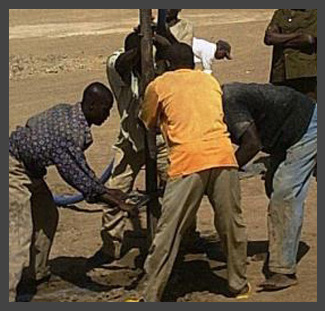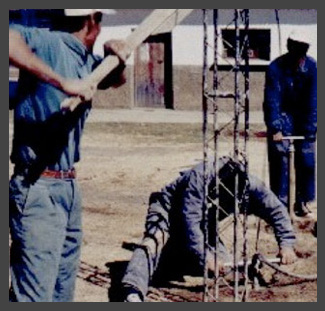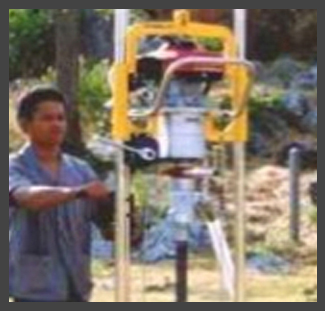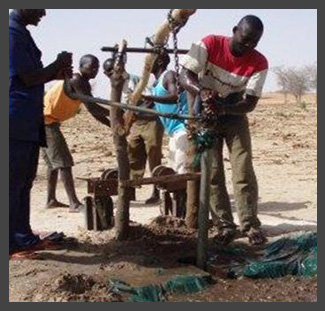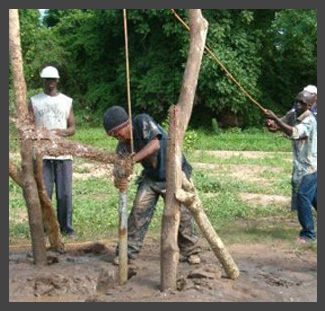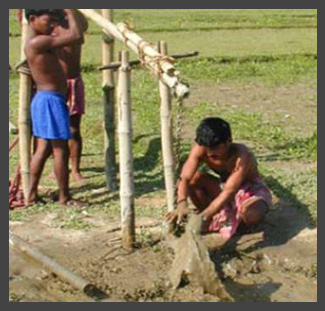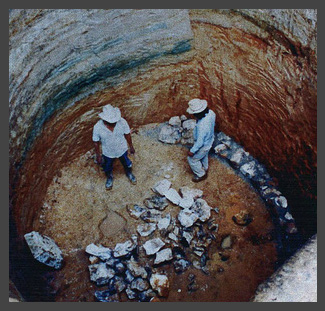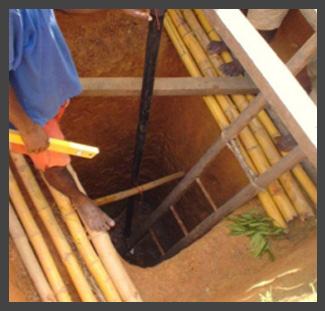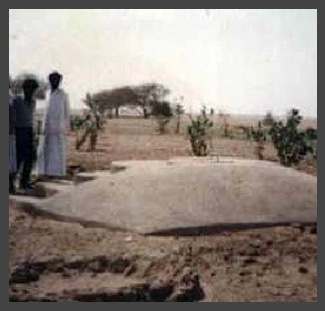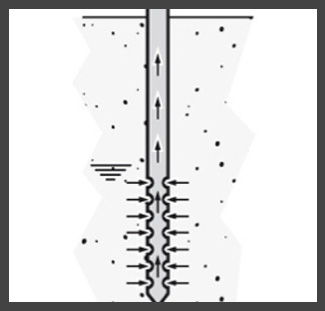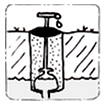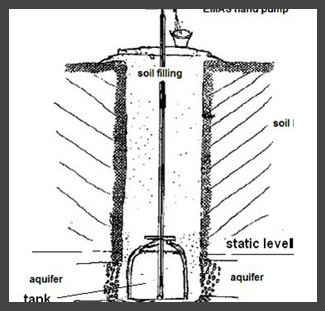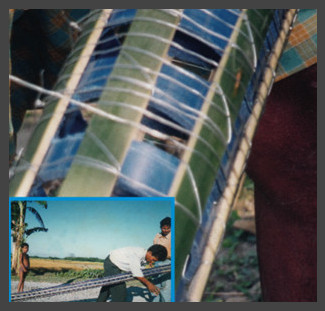Difference between revisions of "Drilling or digging"
| Line 116: | Line 116: | ||
|} | |} | ||
| + | <br> | ||
===Manual drilling comparison of methods=== | ===Manual drilling comparison of methods=== | ||
[[Image: Drilling Method Selection.jpg|thumb|none|600px|Drilling Method Selection. Chart: WEDC Loughborough University Leicestershire.]] | [[Image: Drilling Method Selection.jpg|thumb|none|600px|Drilling Method Selection. Chart: WEDC Loughborough University Leicestershire.]] | ||
Revision as of 05:37, 17 October 2013
Access to groundwater is not always easy, so many different types of drilling mechanisms (ranging in depth capacity and costs) are covered in this section. Africa, for example, is said to have rich amounts of groundwater, as compared with other continents. That said, machine-drilled wells are often too expensive for most of the population. Drilling ‘shallow’ wells (up to 35 meter depth) by hand, reduces the price of a well by a factor 4 to 10 compared to a machine-drilled borehole. This cost reduction enables NGOs and Governments to construct more water wells, but also ‘opens the door’ to villagers, farmers, schools and small communities to have a well constructed independently through the private sector.
Climate change considerations
With climate change events, such as drought, some areas of groundwater may be drying up, therefore deeper boreholes and wells may need to be drilled (creating greater expense). Since some aquifers will provide less water in times of drought, perched aquifers (aquifers higher than the water table) should be avoided. Coastal aquifers may get invaded by saline waters, therefore be sure to check water quality.
Field experiences
These projects are utilizing rainwater harvesting techniques and are part of the project listing in Really Simple Reporting (RSR) on Akvo.org.
| Akvo RSR Project: Ensure access to safe water and sanitation
Salinity, arsenic, lack of proper IWRM, and incidence of natural disasters in the three districts of the Southwest coastal belt of Bangladesh cause a lot of socioeconomic and health related problems. The programme is right-based and strengthens knowledge and capacity of community WASH groups as well as local government institutions. As problems are multifaceted, the programme uses a multi-pronged strategy and facilitates partnership with existing institutional stakeholders relevant for WASH sector. |
Manual drilling comparison of methods
Manual drilling links
Manual Drilling Sector in Africa 1 |
Manual Drilling Sector in Africa 2 |
2. Building Capacity (English) |
Drilling: 4. Mapping (English) |
Drilling: 2. Drilling Techniques |
- VIDEO: Manual drilling and pump installation, Madagascar by The Water Channel.
- Human-Powered Drilling Technologies, Richard Carter, Cranfield University, 2005.
- Groundwater and climate change in Africa: The Kampala Statement. Richard Taylor, University College London (UK), IAH Commission of Groundwater & Climate Change.

